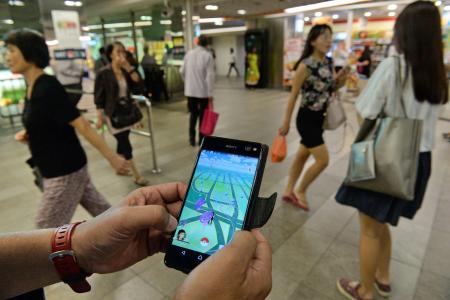How your PokeStops and Gyms are chosen
PokeStops and Gyms in the massively-popular game Pokemon Go have attracted huge crowds of people to certain areas.
However, how are these real-world locations chosen?
They originated from developer Niantic's previous geolocation game, Ingress, released in late 2012. Most of the locations were then converted to Pokemon Go.
The first locations for Ingress were chosen by the developer's team based on places with historical and cultural landmarks.
The second set of locations came from geo-tagged photos on Google. Basically, as more people upload photos of a location on Google, the higher the chances of that location being a PokeStop or a Gym.
Lastly, many other locations were suggestions submitted by Ingress players. The more popular suggested locations would then become a Gym.
Founder and chief executive officer of Niantic Labs, Mr John Hanke, told Mashable in July: "The PokeStops are submitted by users, so obviously they're based on places people go."
Players are still able to create PokeStops and Gyms by submitting addresses to the developer.
While fans all over the globe are out hunting for Pokemon, many have found that there are several inappropriate locations as PokeStops such as graveyards and memorial tombs.
Fortunately, you can also write in to the developer to take down these PokeStops.
After receiving requests, PokeStops at the Holocaust Memorial Museum in Washington, D.C. and the Hiroshima atomic bomb memorial in Japan have been removed.
"We consider the park a sacred place where we pray for the victims of the atomic bombings," Hiroshima city official Tatsuya Sumida told Associated Press.
Get The New Paper on your phone with the free TNP app. Download from the Apple App Store or Google Play Store now


